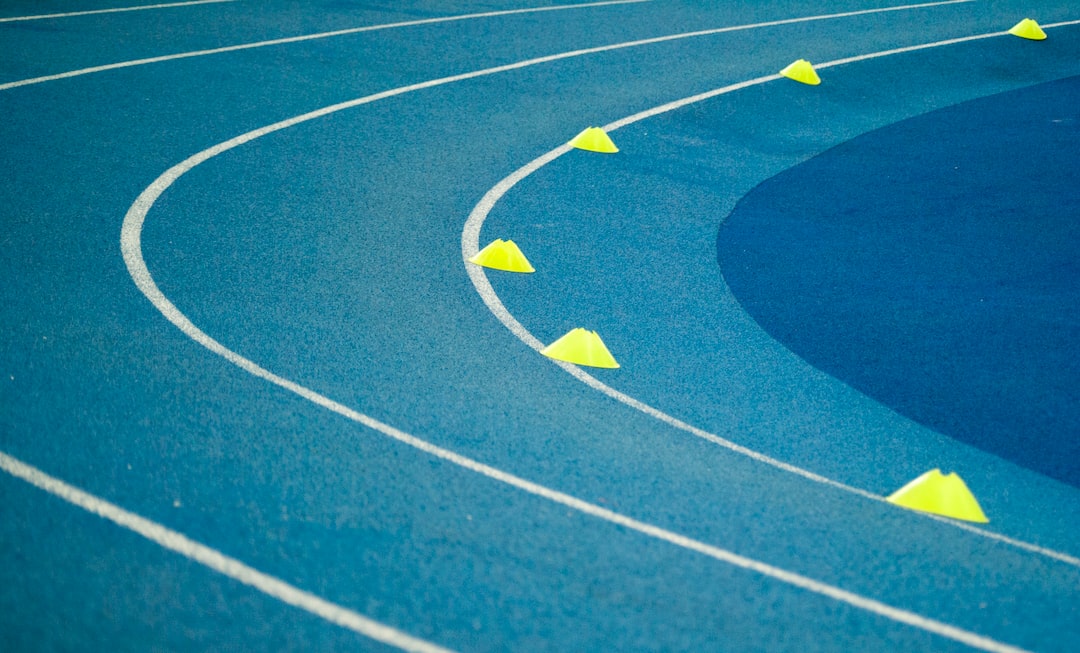The Art of High Jump: Techniques and Training Approaches
The high jump is a fascinating and visually captivating athletic event. It requires a unique combination of strength, speed, agility, and technique. Watching high jumpers soar gracefully over a high bar evokes a sense of awe and admiration. But behind every successful high jump is a culmination of years of dedication, training, and honing of skills. In this blog post, we will explore the art of high jump, its techniques, and various training approaches used by athletes to achieve greatness in this event.
Technique is Everything
In high jump, technique plays a crucial role in determining success. The two most common techniques used are the straddle and the Fosbury Flop. The straddle technique, also known as the Western Roll, was the dominant technique used until the late 1960s. In this technique, the athlete approaches the bar facing it and dives headfirst over the bar while arching their back. The straddle technique requires exceptional flexibility and strength.
However, a revolution in high jump technique occurred with the introduction of the Fosbury Flop by American athlete Dick Fosbury. Fosbury won the gold medal in the 1968 Olympic Games using this innovative technique, which involved approaching the bar with his back to it and jumping over it headfirst, clearing it with his back facing the ground. This technique allowed athletes to jump higher using less energy and became the dominant technique in high jump ever since.
Training Approaches for High Jump
To excel in the high jump, athletes adopt various training approaches to enhance their physical abilities and develop the skills required for this event. Let’s explore some of the most common training methods used by high jumpers.
Strength and Conditioning: High jump requires explosive power, speed, and overall body strength. Athletes focus on strength training exercises such as squats, lunges, plyometrics, and Olympic lifts to develop the necessary power in their legs and core. Additionally, regular cardiovascular workouts and flexibility training are essential for maintaining agility and preventing injuries.
Technique Drills: High jumpers dedicate a significant amount of time to practicing and refining their jumping technique. Various drills are employed, including rhythm runs, takeoff drills, and landing drills, to perfect the intricate movements involved in high jump. High jumpers also work on their approach speed, run-up consistency, and takeoff angles to ensure maximum efficiency and clearance over the bar.
Pole Vaulting and Long Jump: Cross-training in pole vaulting and long jump can be beneficial for high jumpers. These events share similarities in terms of running, jumping, and required technique. Participating in these events helps high jumpers develop better body control and awareness in the air. It also allows for a more holistic approach to training, providing athletes with opportunities for variety and mental stimulation.
Visualization and Mental Skills: High jump is a mentally demanding event that requires focus, confidence, and a belief in one’s ability to clear heights. Many athletes employ visualization techniques, imagining themselves executing flawless jumps and clearing bars effortlessly. Mental skills training, including goal setting, positive self-talk, and stress management, plays a crucial role in the success of high jumpers.
Competition and Experience: Participating in regular competitions is essential for high jumpers to gain experience and learn to perform under pressure. Competitions provide athletes with opportunities to refine their technique, test their physical abilities, and assess their progress. Exposure to diverse competition environments enhances adaptability and mental resilience, factors crucial for success in high jump.
Injury Prevention and Rehabilitation: High jumpers are prone to specific injuries, primarily in the lower extremities. Employing injury prevention strategies such as proper warm-up routines, strength and conditioning exercises, and regular stretching can help minimize the risk of injuries. In case of injuries, a comprehensive rehabilitation program and rest are crucial for full recovery and preventing recurring issues.
Conclusion
The art of high jump is a spectacular display of human athleticism and skill. Technique and training are key factors in achieving success in this event. High jumpers meticulously develop their physical abilities, perfect their technique through various drills, and employ mental skills to enhance their performance. By combining strength, speed, agility, and mental resilience, high jumpers defy gravity and reach new heights, showcasing the artistry of this athletic discipline.
